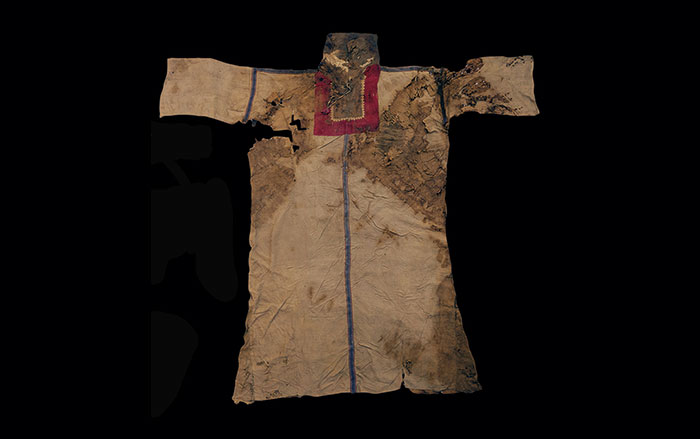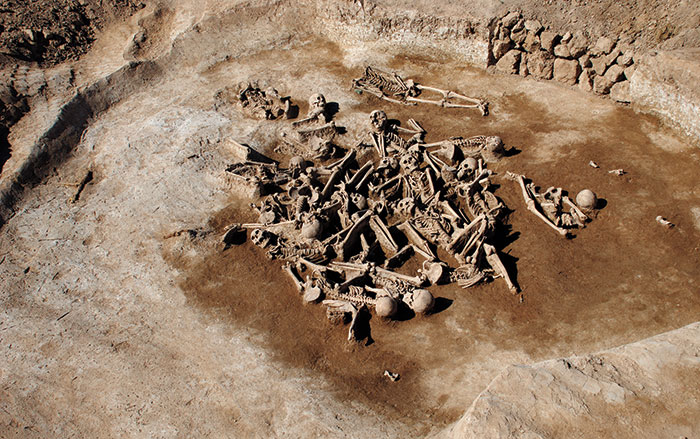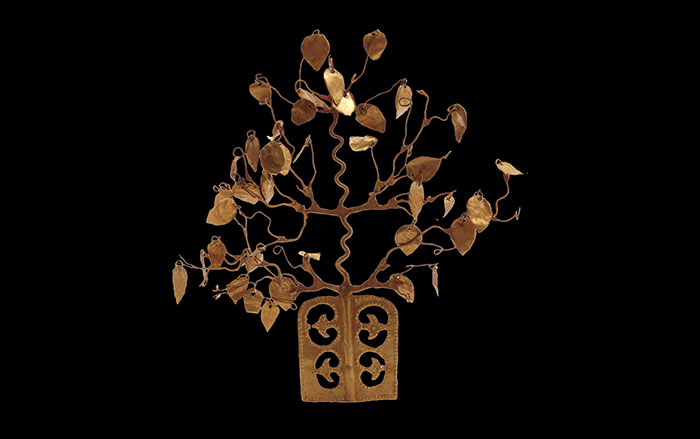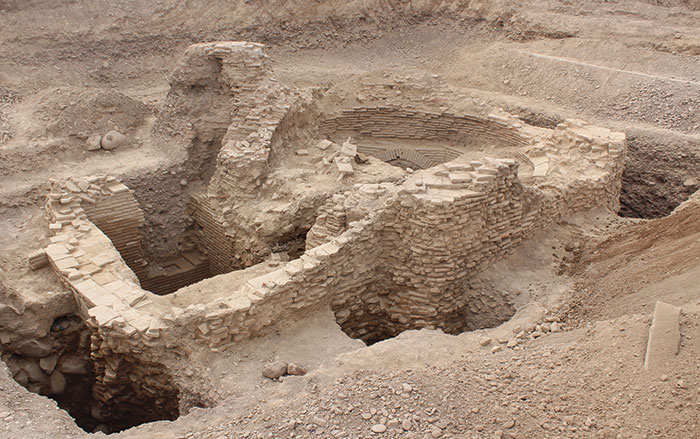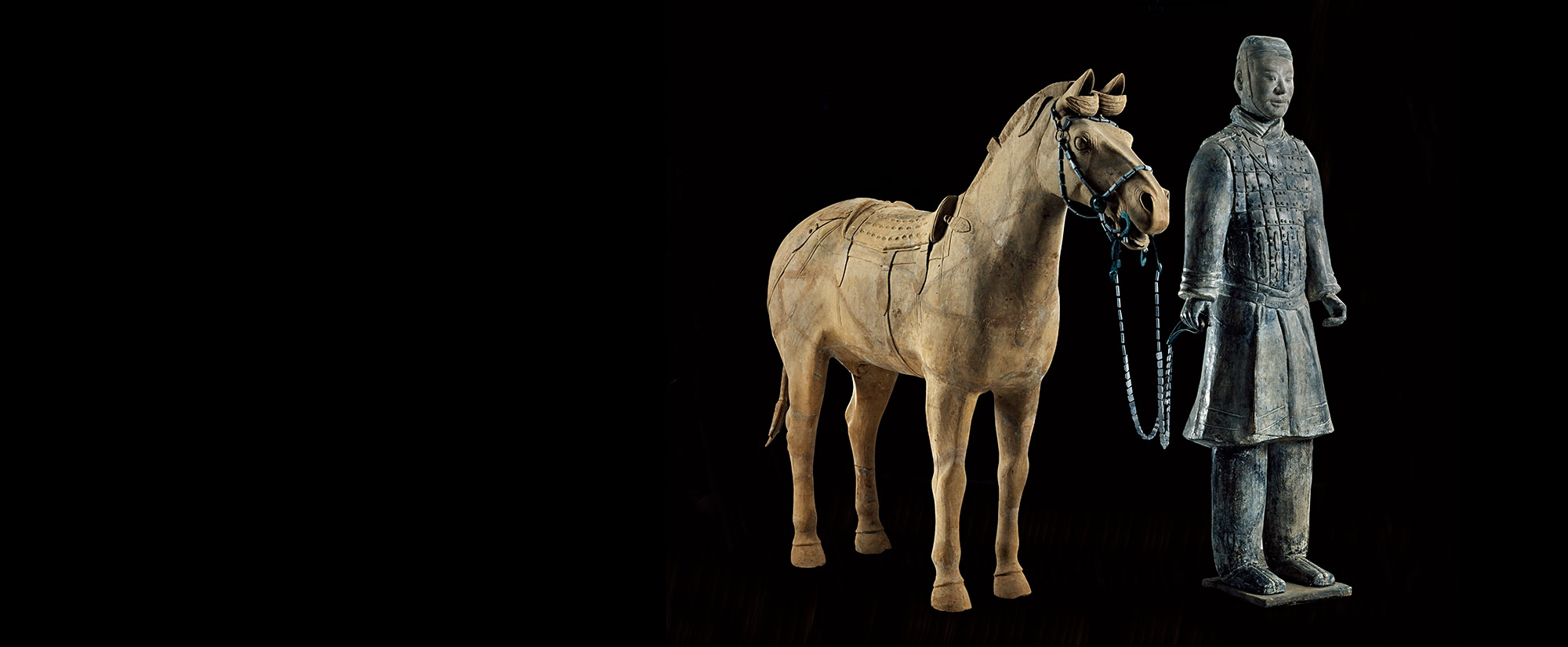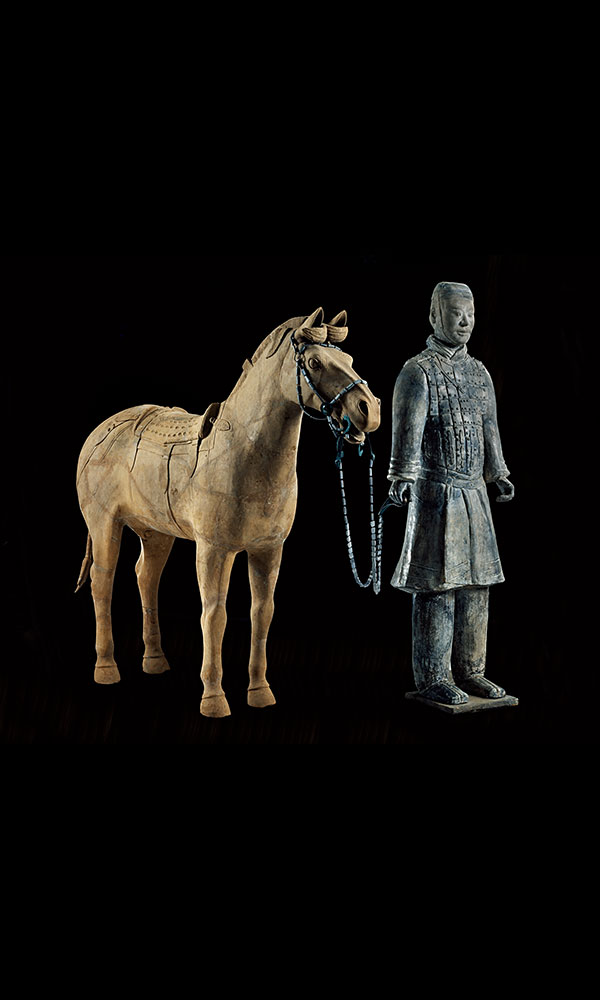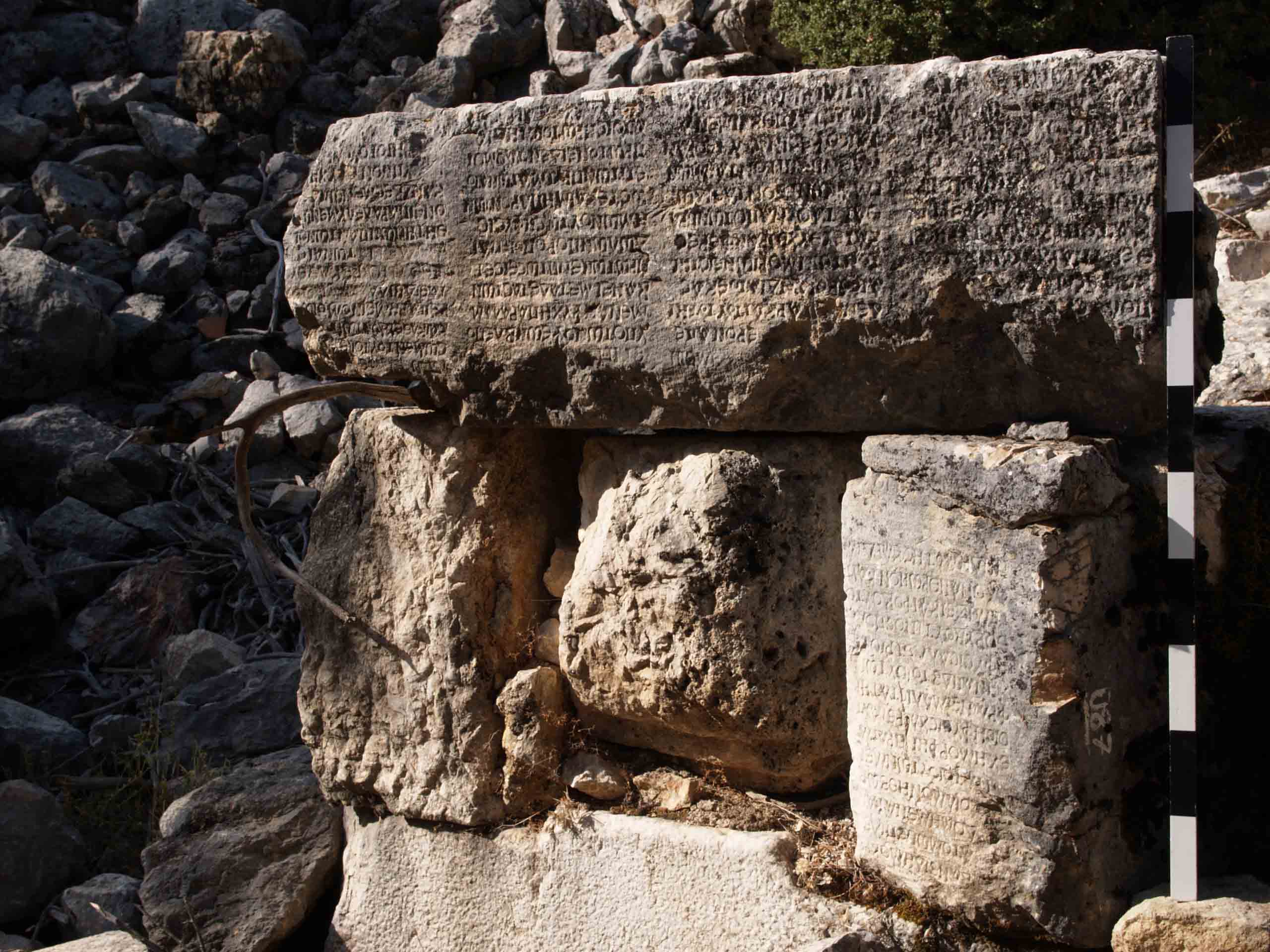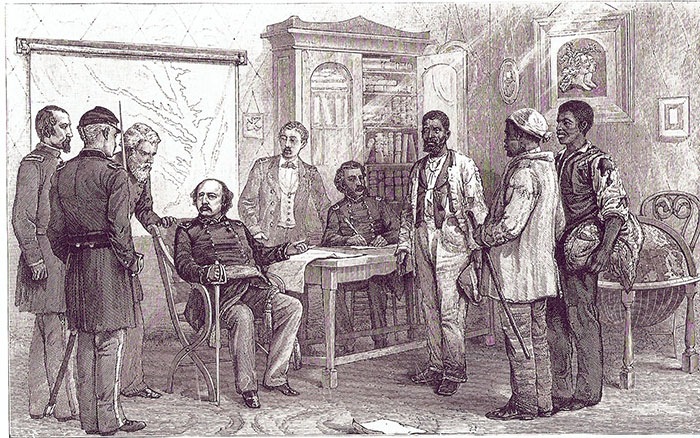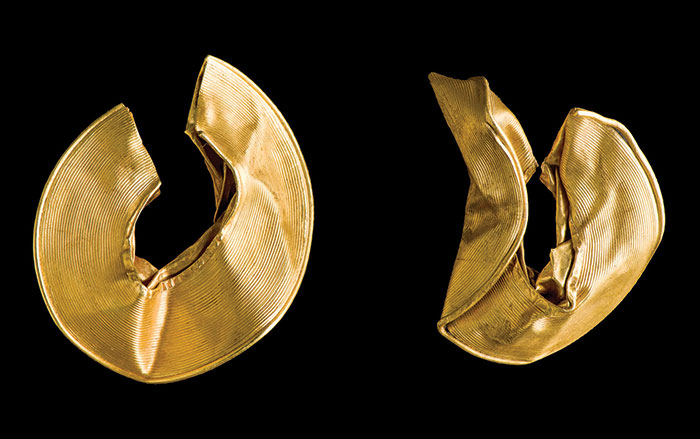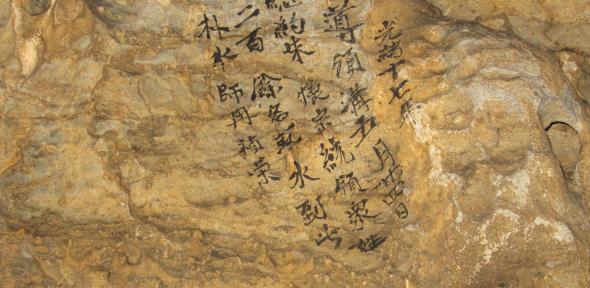
CAMBRIDGE, ENGLAND—An international team of scientists has discovered graffiti on the walls of Dayu Cave in central China describing the effect of several periods of drought spanning from 1520 to 1920, according to a press release from the University of Cambridge. An inscription from 1528, for example, reads: "Drought occurred in the 7th year of the Emperor Jiajing period, Ming Dynasty. Gui Jiang and Sishan Jiang came to Da'an town to acknowledge the Dragon Lake inside in Dayu Cave." The researchers also analyzed stable isotopes and trace elements in cave formations such as stalagmites for indications of annual rainfall levels and found that they attested to low rainfall during the periods when droughts were recorded in the cave writings. To read about the mysterious disappearance of a Bronze Age Chinese civilization, go to “Seismic Shift.”


